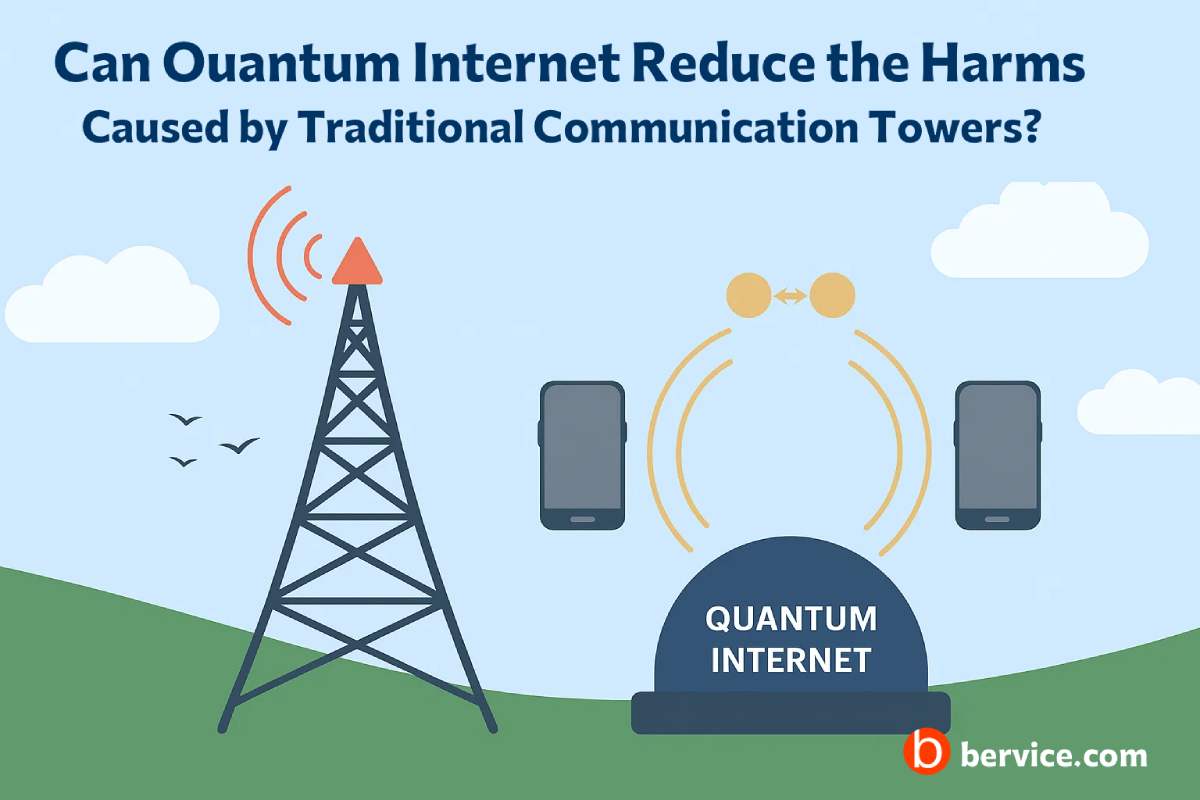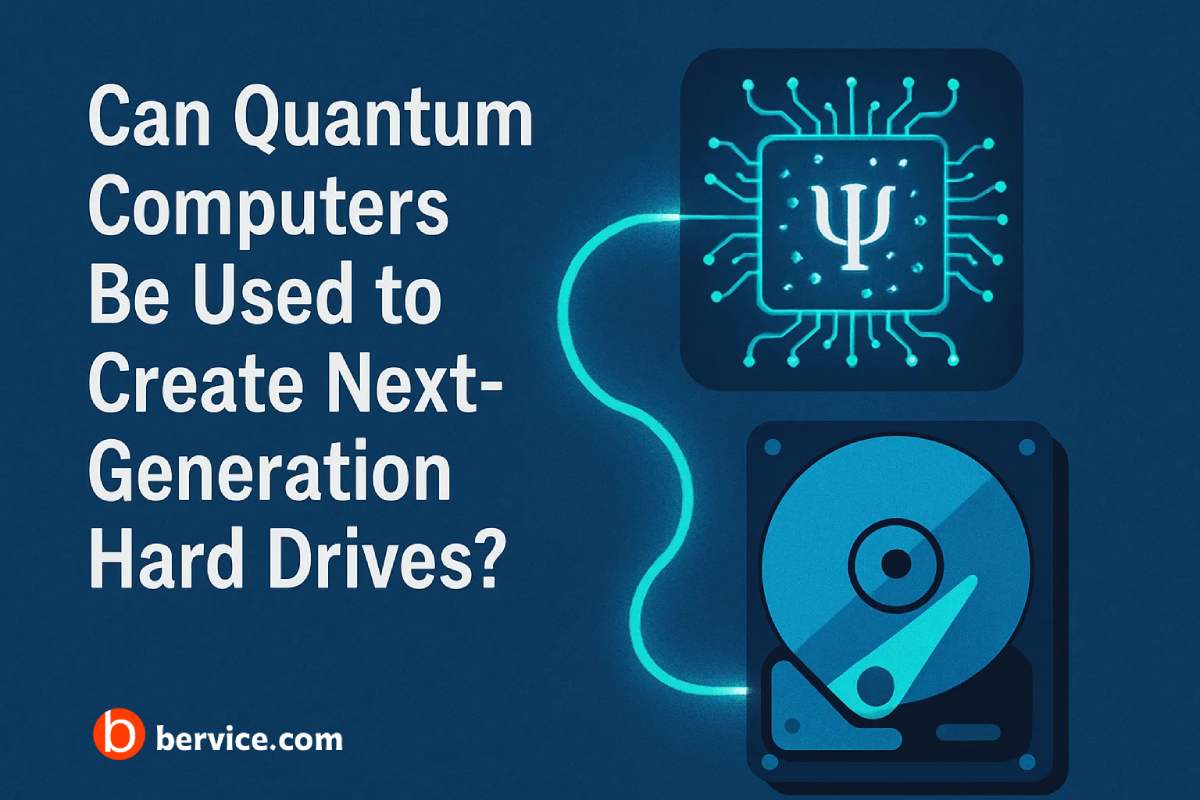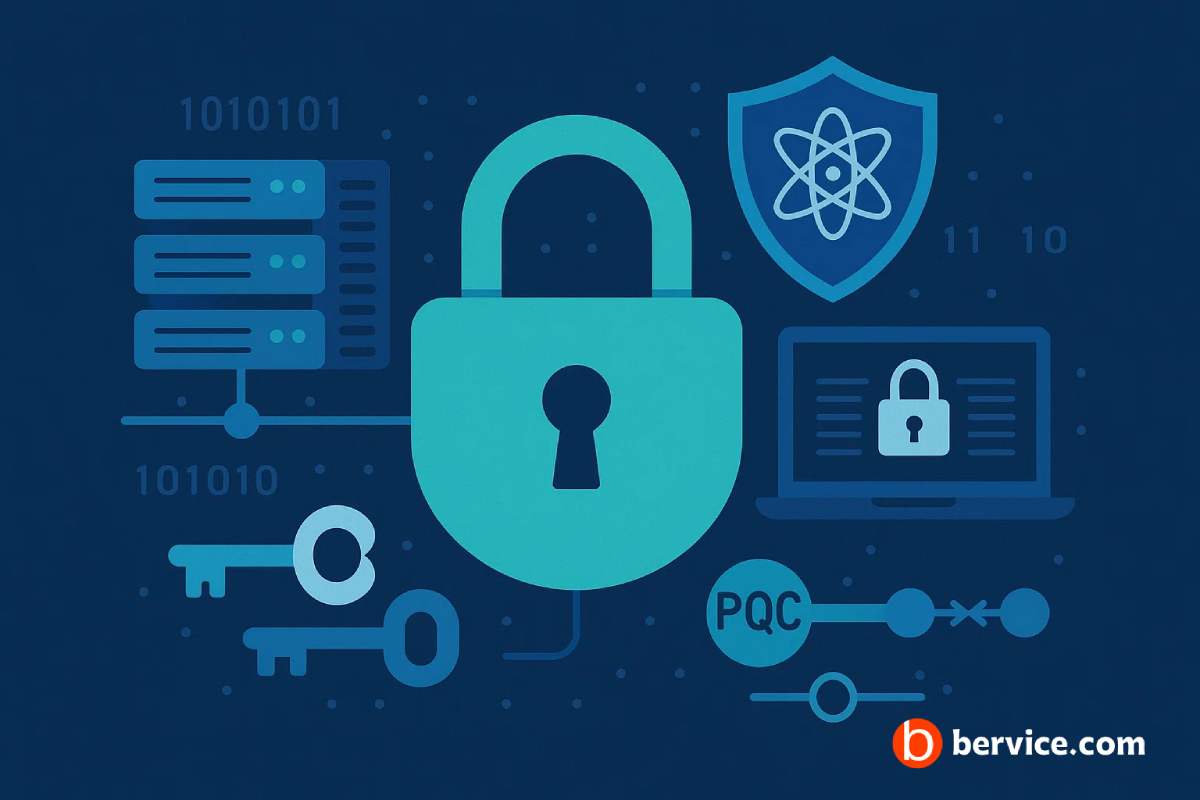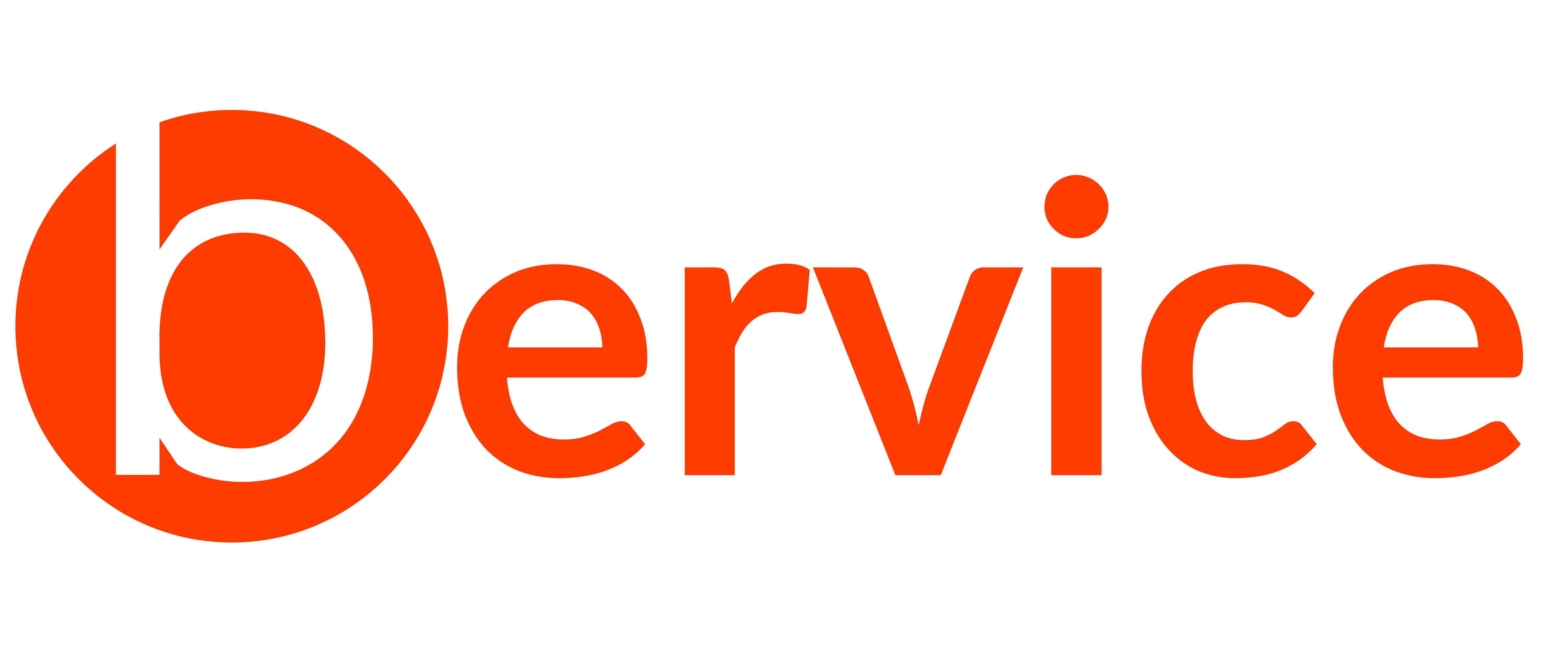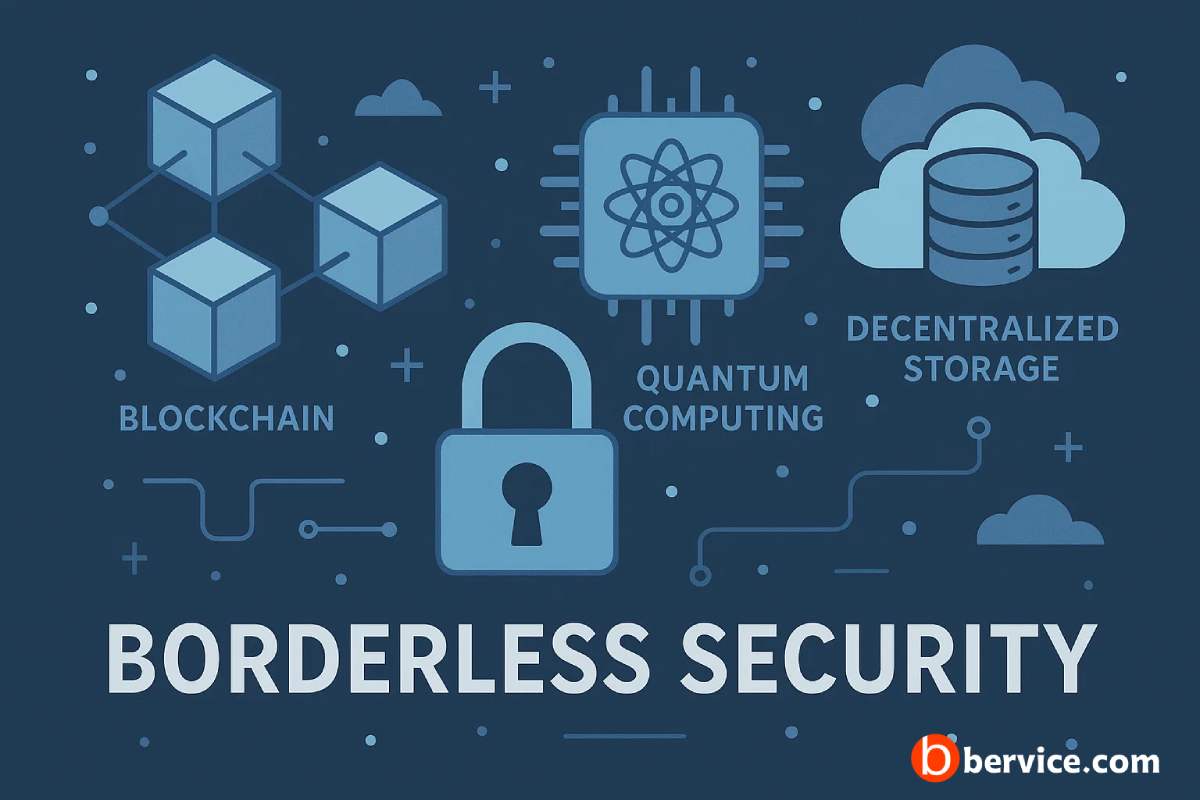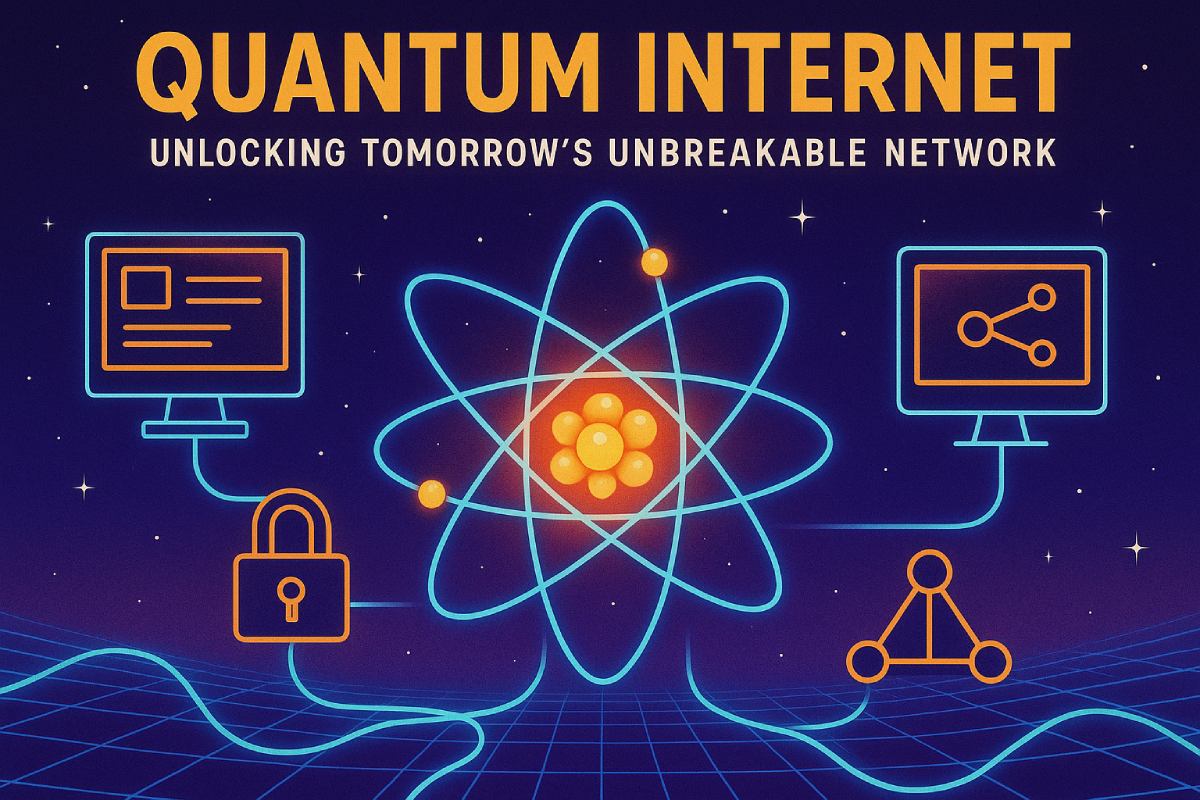
Introduction
The quantum internet represents a paradigm shift in how information can be transmitted, secured, and processed across networks. Unlike the classical internet, which relies on bits—discrete units of information that are either 0 or 1—the quantum internet leverages quantum bits, or qubits, which can exist in superpositions of states and become entangled across distances. This emerging technology promises unprecedented capabilities in secure communication, distributed quantum computing, and precision sensing.
Fundamental Principles
At its core, the quantum internet depends on two uniquely quantum phenomena: superposition and entanglement. Superposition allows a qubit to inhabit multiple states simultaneously, vastly increasing the information density that can be represented. Entanglement creates correlations between qubits—even when separated by large distances—such that the state of one instantly influences the other. These features enable protocols that have no classical analogs, most notably quantum key distribution (QKD) for provably secure communication.
Quantum Communication Protocols
Quantum Key Distribution
QKD allows two parties to generate and share a secret cryptographic key with security guaranteed by the laws of quantum mechanics. Any attempt by an eavesdropper to intercept the qubits unavoidably disturbs their quantum state, revealing the intrusion. Prominent QKD protocols include BB84 (developed in 1984) and E91, each exploiting different aspects of qubit encoding and entanglement.
Quantum Teleportation
Quantum teleportation transfers the state of a qubit from one node to another without moving the physical particle itself. This process uses a pair of entangled qubits shared between sender and receiver, along with classical communication. While the term “teleportation” can be misleading, the procedure forms the basis for transmitting quantum information over a network.
Essential Infrastructure Components
Quantum Repeaters
Because quantum states degrade over distance in optical fibers and free-space channels, quantum repeaters are needed to extend the range of a quantum network. These devices perform entanglement swapping and purification, stitching together shorter entangled links into a longer one with high fidelity. Achieving efficient, low-loss repeaters remains one of the foremost engineering challenges.
Network Nodes and Switches
Quantum network nodes must generate, store, and process qubits. Quantum memories—devices that can reliably hold qubit states—are critical for synchronizing entanglement distribution. Meanwhile, quantum switches or routers direct qubit traffic and manage entanglement resources, akin to how classical routers forward packets.
Current State of Research
Leading research consortia and national laboratories around the world have made significant progress:
- Satellite-Based Experiments: China’s Micius satellite demonstrated entanglement distribution over thousands of kilometers, proving the feasibility of space-based quantum links.
- Metropolitan Quantum Networks: Pilot networks in Geneva, Tokyo, and Boston have successfully implemented QKD over city-wide fiber infrastructure, serving banks, government offices, and research institutions.
- Quantum Internet Alliances: In Europe, the Quantum Internet Alliance coordinates efforts among universities and industry to develop scalable architectures and standards. Similarly, the U.S. National Quantum Initiative funds projects on network protocols and hardware.
Challenges and Limitations
Despite its promise, the quantum internet faces substantial hurdles:
- Loss and Decoherence: Qubits are extremely fragile. Environmental noise and photon loss in fibers limit transmission distances and rates.
- Resource Requirements: Building and operating quantum memories, repeaters, and processors demand sophisticated cryogenic systems and precise control hardware.
- Standardization: Interoperability between equipment from different vendors and research groups requires agreed-upon protocols, encoding schemes, and interface standards.
- Scalability: Transitioning from small-scale testbeds to a global quantum internet will require leaps in manufacturing, cost reduction, and network management technologies.
Future Prospects
Looking ahead, the quantum internet could unlock transformative applications:
- Unbreakable Security: Governments, financial institutions, and healthcare providers could protect sensitive data with truly tamper-evident channels.
- Distributed Quantum Computing: Networked quantum processors could collaborate to solve problems beyond the reach of any single machine, accelerating research in chemistry, materials science, and optimization.
- Advanced Sensing and Metrology: Entangled sensors across distant locations could enable coordination-free timing, navigation, and environmental monitoring with supreme precision.
Conclusion
The quantum internet stands at the frontier of information technology, promising capabilities that challenge our classical intuitions about communication and computation. While formidable technical and engineering challenges remain, ongoing advances in quantum hardware, network theory, and international collaboration steadily bring this vision closer to reality. As research transitions from laboratory demonstrations to real-world deployments, the quantum internet is poised to become the next great leap in our connected world.
Connect with us : https://linktr.ee/bervice
